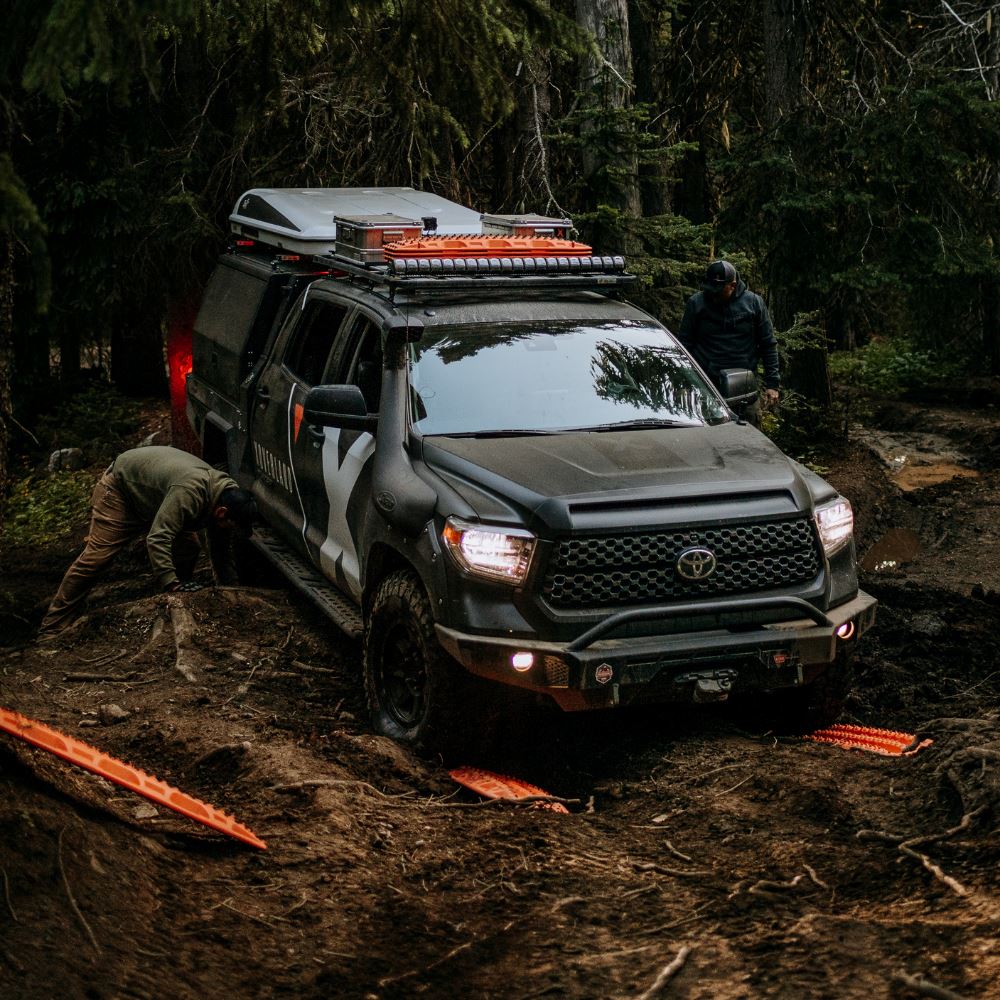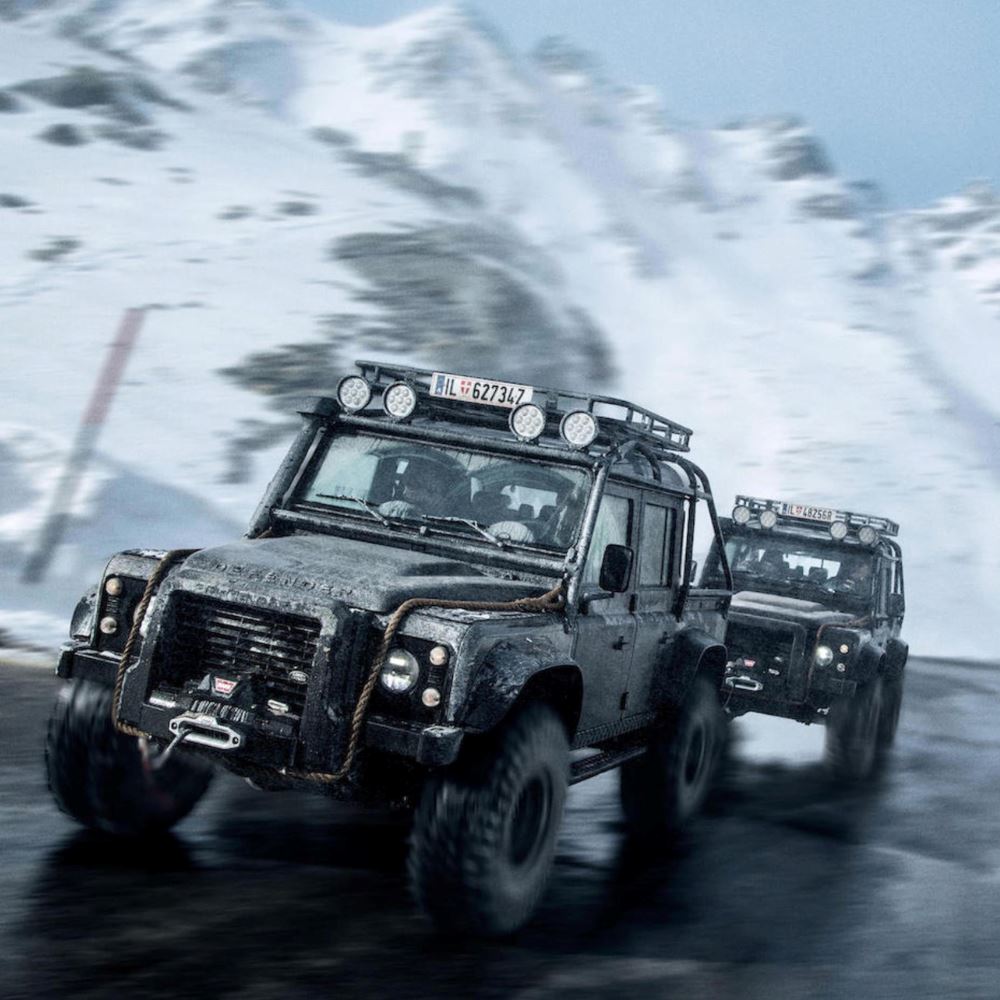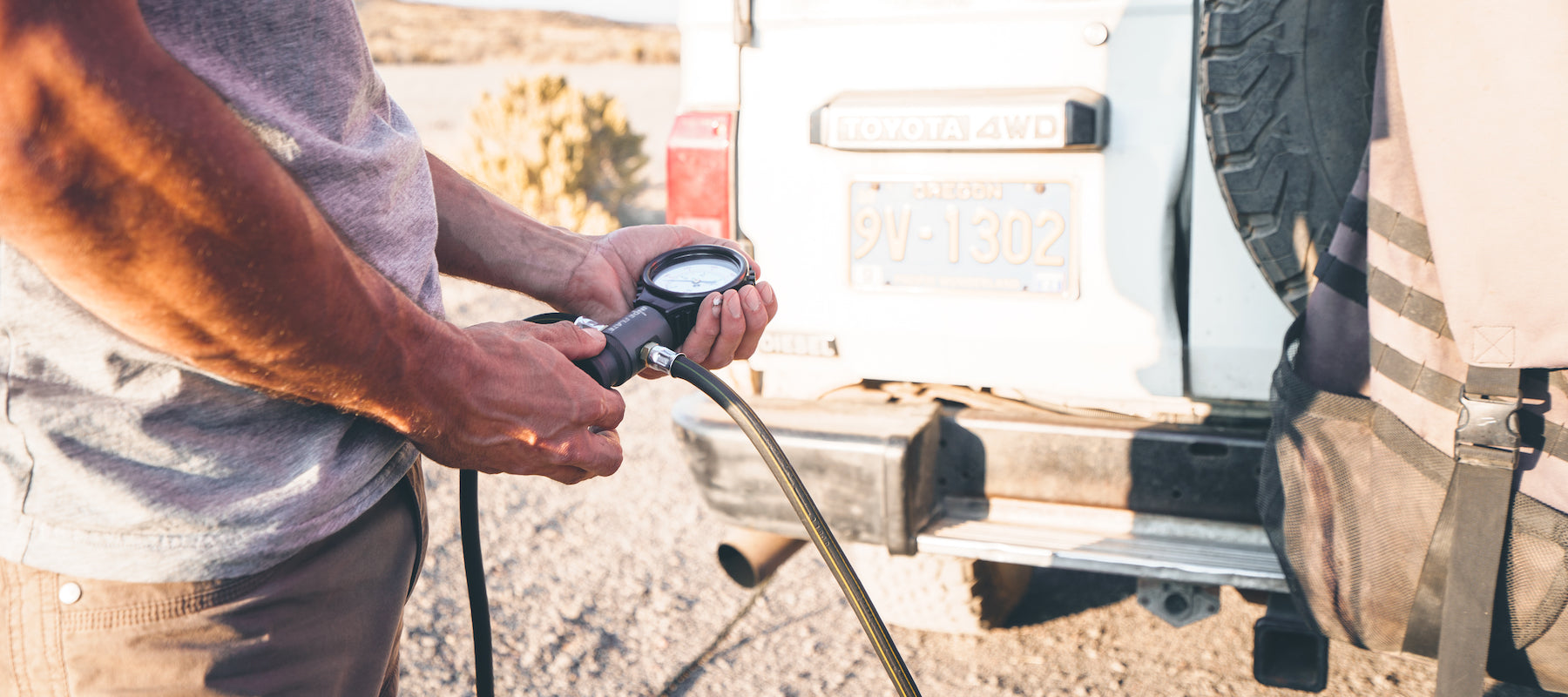The first Land Rover prototype was built on a surplus World War II Jeep chassis and was designed by Maurice Wilks, the Chief Designer at Rover. The prototype proved to be a hit, and the first production Land Rover, known as the Series I, was launched in 1948. The Series I was available with a 1.6 liter gasoline engine or a 2.0 liter diesel engine and featured a simple, sturdy design with a boxy shape, a flat front grille, and round headlights.
The Series I Land Rover was designed to be a tough and reliable utility vehicle that could handle a variety of tasks, from farming to military use. It was powered by a 1.6 liter gasoline engine and featured a strong, simple design that was well suited to its intended purpose. The Land Rover quickly gained a reputation for its durability and versatility, and demand for the vehicle grew rapidly. It was often used on large farms and estates, as well as in the military and as a rescue vehicle. Its four-wheel drive capabilities and high clearance made it particularly well-suited for off-road use, and it became a common sight in rural areas around the world.
The success of the Series I led to the development of the Series II Land Rover, which was launched in 1958. The Series II featured a number of updates and improvements over the original, including a larger 2.25 liter gasoline engine and an updated design. The Series II Land Rover was even more popular than the Series I, and by the end of the 1960s, the brand had become an international sensation, with production numbers in the hundreds of thousands. The Series II was available with a 2.25 liter gasoline engine or a 2.25 liter diesel engine and featured a slightly more refined design with a more rounded shape and a redesigned front grille and headlights.
In 1967, the Land Rover brand introduced the Range Rover, a luxury version of the Land Rover that featured a coil-sprung chassis and was the first vehicle to be featured in the Louvre as an example of industrial design. The Range Rover was available with a 3.5 liter V8 gasoline engine or a 2.4 liter diesel engine and featured a more sophisticated and refined design, with a sleek shape, a sloping hood, and a more aerodynamic front grille. It was designed to appeal to a more upscale market and was intended to be a more comfortable and luxurious option for those who wanted a Land Rover vehicle.

The Range Rover would go on to become the basis for many future Land Rover models, and it remains one of the most iconic and respected vehicles in the brand's lineup. It has been through several updates and redesigns over the years, but it has always maintained its reputation for luxury and off-road capability.
The Land Rover brand continued to evolve and innovate over the years, introducing new models and updates to its lineup. In 1983, the Land Rover 110 and 90 were launched, featuring a shared coil-sprung chassis infrastructure with the Range Rover. The 110 and 90 were available with a 2.5 liter diesel engine or a 3.5 liter V8 gasoline engine and featured a boxy, utilitarian design with a flat front grille and round headlights. These vehicles would eventually become known as the Defender, and they remain popular vehicles to this day for their ruggedness and off-road capability.
In 1989, the Land Rover brand introduced the Discovery, a more family-oriented vehicle that was designed to be more comfortable and refined than the Defender. The Discovery was available with a 3.5 liter V8 gasoline engine or a 2.5 liter diesel engine and featured a more modern and streamlined design with a sloping hood and a more aerodynamic front grille. The Discovery quickly became a hit with customers, and it remains a popular model in the Land Rover lineup for its combination of comfort and off-road capability.
In 1994, the Land Rover brand introduced the P38 Range Rover, a luxurious and sophisticated vehicle that featured a number of updates and improvements over previous models. The P38 Range Rover was available with a 4.0 liter V8 gasoline engine or a 2.5 liter diesel engine and featured a more refined and upscale design, with a sleek shape and a redesigned front grille and headlights. The P38 Range Rover was well received by customers and critics alike, and it remains a highly respected vehicle to this day for its combination of luxury and off-road capability.
In 2001, the Land Rover brand introduced the L322 Range Rover, which featured a number of updates and improvements over the P38 model. The L322 Range Rover was available with a 4.4 liter V8 gasoline engine or a 2.5 liter diesel engine and featured a more modern and refined design, with a sleek shape and a redesigned front grille and headlights.
In 2004, the Land Rover brand introduced the LR3 (later renamed the Discovery 3), which featured a new design and a number of updates and improvements over the previous Discovery model. The LR3 was available with a 4.4 liter V8 gasoline engine or a 2.7 liter diesel engine and featured a more modern and rugged design, with a boxy shape and a redesigned front grille and headlights.
In 2009, the Land Rover brand introduced the LR4 (later renamed the Discovery 4), which featured a number of updates and improvements over the LR3, including a more refined design and new technology features. The LR4 was available with a 5.0 liter V8 gasoline engine or a 3.0 liter diesel engine and featured a more upscale and sophisticated design, with a sleek shape and a redesigned front grille and headlights.

In 2012, the Land Rover brand introduced the Evoque, a compact and stylish crossover SUV that was designed to appeal to a younger and more urban market. The Evoque was available with a 2.0 liter turbocharged gasoline engine or a 2.2 liter diesel engine and featured a sleek and modern design, with a sloping hood and a more aerodynamic front grille.
In 2015, the Land Rover brand introduced the sixth generation Range Rover, which featured a number of updates and improvements over previous models, including a more refined design and new technology features. The sixth generation Range Rover was available with a 3.0 liter diesel engine or a 5.0 liter supercharged V8 gasoline engine and featured a sleek and sophisticated design, with a sloping hood and a more aerodynamic front grille. It was designed to appeal to the luxury market and was intended to be the flagship model in the Land Rover lineup.
In 2019, the Land Rover brand introduced the Defender, a modern and rugged update to the original Land Rover Defender model. The new Defender was available with a 3.0 liter diesel engine or a 3.0 liter gas engine and featured a boxy, utilitarian design with a flat front grille and round headlights. It was designed to be a tough and capable off-road vehicle, while also offering a more comfortable and refined driving experience.




